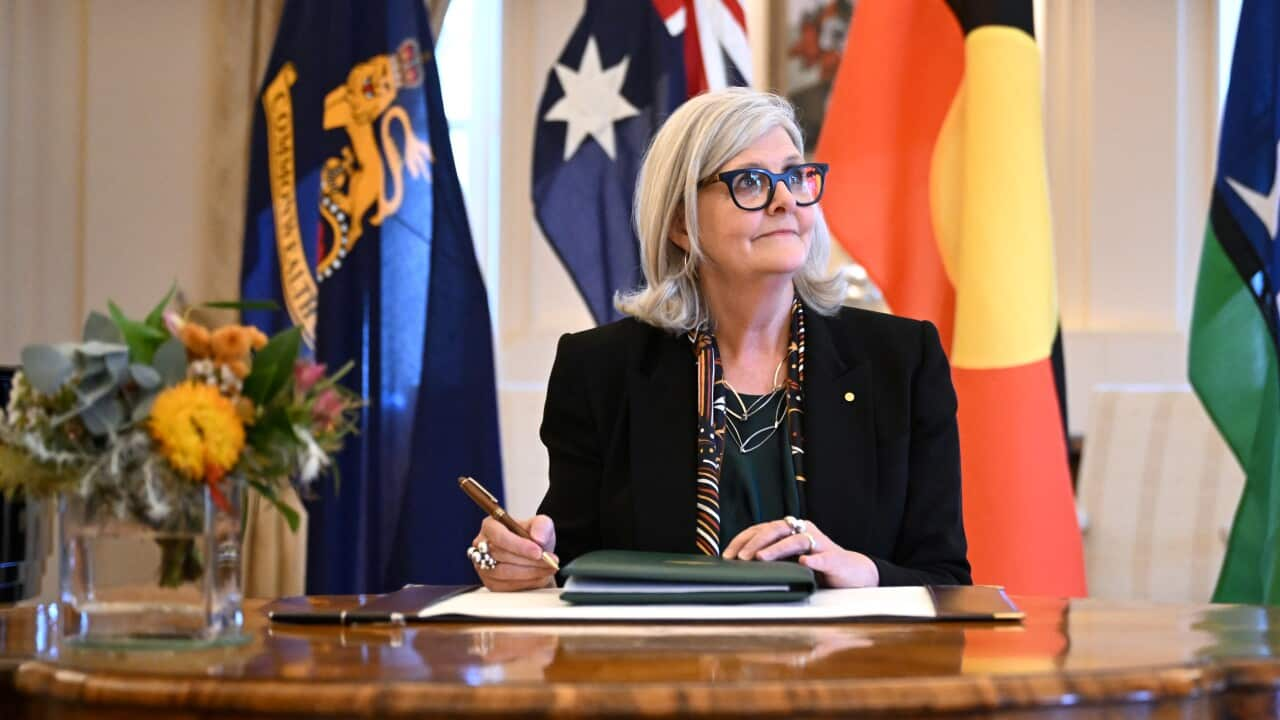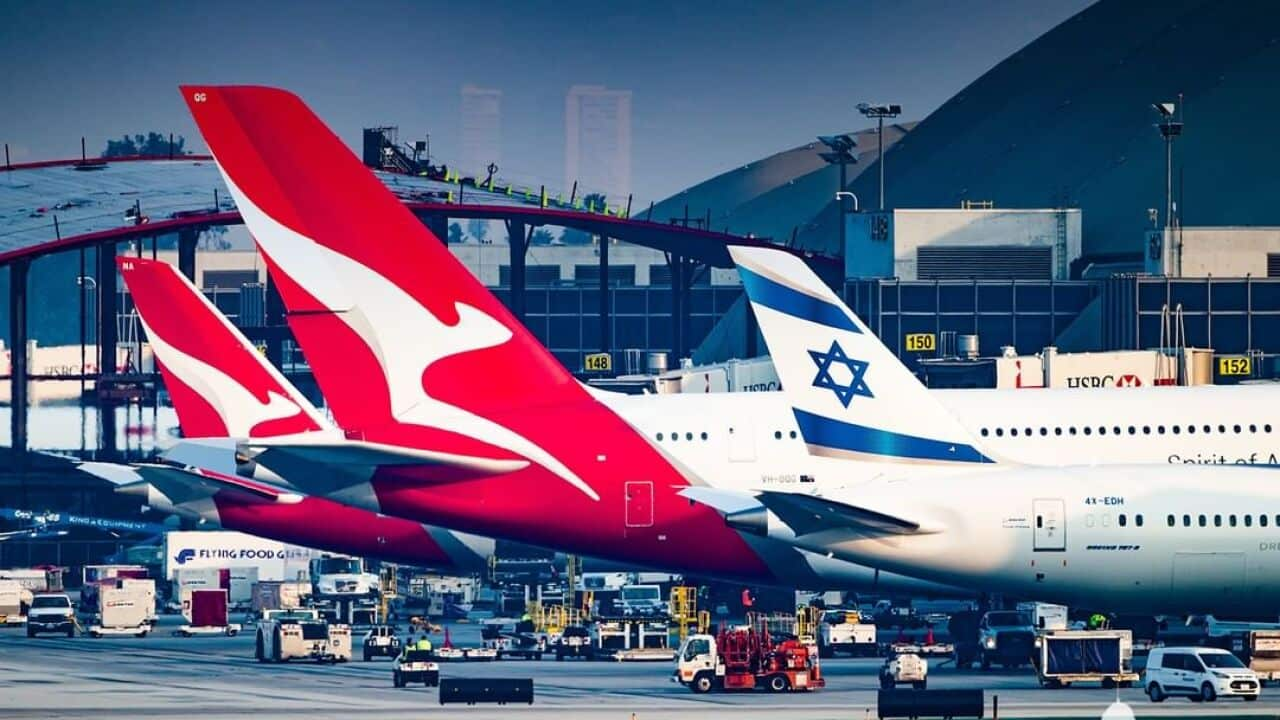If you drive regularly, there are big chances you’ll be involved in a traffic mishap at some point in your life. Here’s what to do if it happens to you.
Stop your car in a safe place
The first thing to do after an accident is to stop your car somewhere where it’s safe. It’s a criminal offence in Australia to flee the scene of an accident.
If it’s dark, use hazard lights to warn other drivers that you’re there. If possible, remove dangerous items from the road.
Check on the welfare of those involved
If you’re not severely injured, check on other drivers, cyclists, and pedestrians to make sure they’re OK too. Don’t move anyone who’s been hurt, unless they are in immediate danger.

Calling emergency and police services
When to call 000:
- If anybody is hurt,
- If another driver seems impaired by alcohol or drugs,
- If there are serious damage or danger,
- If the other party didn’t stop or refuse to give their details.
Exchange details
In many cases, you won’t need to call emergency services, but either way, you still need to exchange details with the other party. All parties need to take note of:
- Date, time and location of the accident,
- The other drivers’ details (name, phone number, address, insurer, registration number, vehicle colour/make/model),
- If the driver is not the owner of the car, you’ll also need the name, address and phone number of the owner,
- If possible, the name and contact details of a witness,
- If the police attended, the name of a police officer, their station, and their contact details.
Take photos of any damages with your smartphone.
It’s a lot of things to remember, so the easiest way to go about it is to have a printed list of those requirements in your car to fill out in case it’s needed. Several apps, such as Car Accident Report and iWrecked, also offer those lists.
If the owner of the car is not present after the accident, if you scratch their car in a parking lot, for example, leave them a note with all your details so they can contact you.
Reporting the accident
If the police were not involved, you'll need to report a major accident yourself to the police in your state, within 24 hours. A major accident includes one where somebody was injured or killed, one where details were not exchanged, one where a vehicle was towed or one where the estimated damages are $3000 or more.
Minor accidents don't have to be reported, but it might be a good idea to do so anyway, as insurers often ask for a police report number.

Tow Truck Driver Lifting a Wrecked Car
Getting your car towed
If you need to get your car towed, you’ll have to contact a towing company. Keep their contact details in your car and saved in your phone.
Contacting your insurer
If you have car insurance, call your insurer as soon as possible. They can sometimes help you get your car towed.
Your insurer will need:
- The names, contact details and licence number of the owners and drivers of the other cars,
- The detail of your and the other cars (registration number, colour, make and model),
- The other drivers’ insurance details,
- A summary of the accident.
Insurers recommend you don’t admit an accident was your fault until professionals have assessed it.
And remember to try to stay calm, accidents are stressful, but it will make things easier if everybody involved follows the process calmly.





